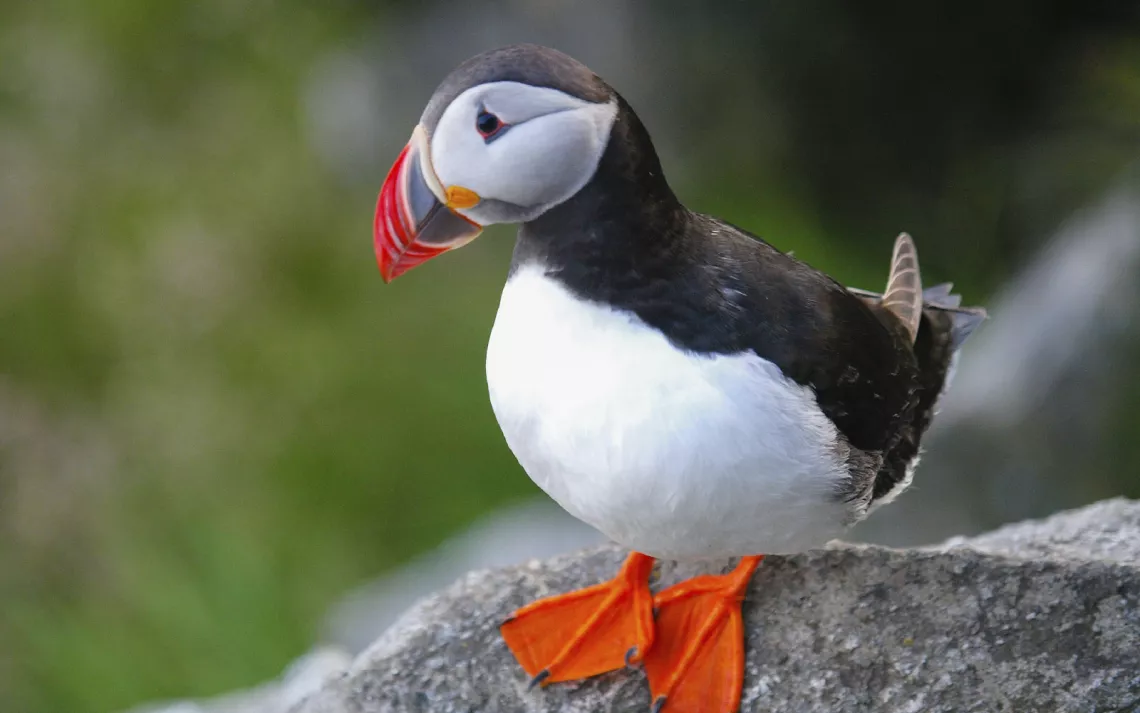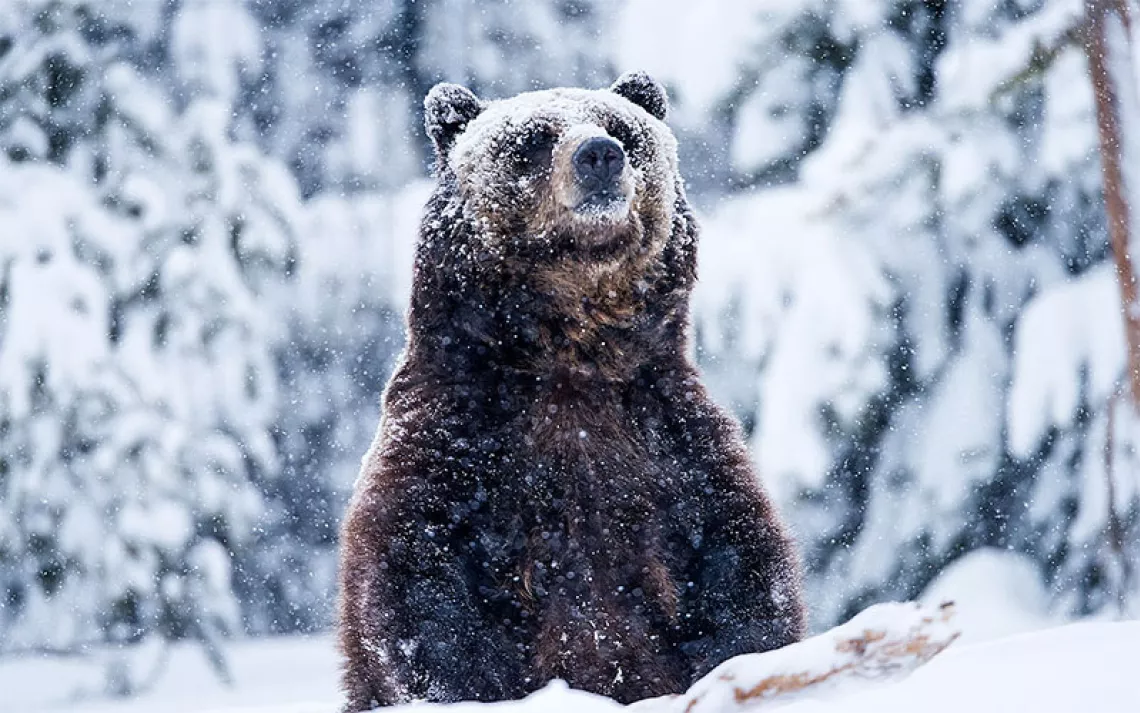5 Best Live Wildlife Cams

Photo by iStock/BjornStefanson
Nature sometimes feels far away when you’re stuck inside an office staring at a computer screen. Luckily, anyone can virtually access the best Mother Nature has to offer through “wildlife cams”—live feeds of various species in their habitats around the globe—at the click of a button. We’ve gathered some of the best ones on the web for you to kick back and enjoy.
Now is the time for environmental journalism.
Sign up for your Sierra magazine subscription.

Pacific Walruses
You won’t know what you’re missing until you see thousands of Pacific walruses camped out at Round Island in Alaska’s Aleutian Islands chain. During the spring, as many as 14,000 male walruses gather there when the ice recedes north, creating possibly the world’s largest bachelor pad. The cam shows Main Beach, near the north end of the island, which is also home to other threatened species like Steller sea lions, various seabirds, and even whales farther out at sea.
Sharks
The Aquarium of the Pacific in Long Beach, California, has a Shark Lagoon with more than 150 sharks, including sand tigers, zebras, and blacktip reefs. The sharks often swim directly in front of the camera, providing a frighteningly awesome ultra-close-up view. As a bonus, aquarium workers feed the sharks every day at 2 p.m. PT.
Atlantic Puffins
Every spring, Atlantic Puffins breed on islands and coasts along the northeast shores of the United States, one of the few times they leave their true home—the ocean. The National Audubon Society set up cameras on Seal Island off the coast of Maine in conjunction with its Project Puffin initiative, which has worked to restore puffins to their nesting sites in the Gulf of Maine since 1973. You can cycle between three different views, including a nest that shows brooding puffins.
California Condors
The first camera with live video of endangered free-flying condors, the Ventana Wildlife Society’s Condor Cam takes viewers inside the program’s Condor Release Site in Big Sur, California. Because the majority of Ventana’s condor conservation work takes place in remote areas—like in the canyon shown in the cam’s feed—this stream provides a unique opportunity to observe conservationists’ efforts to save these endangered raptors.
Earth
You won't actually see any close-ups of wildlife in this one. But the International Space Station’s High Definition Earth Viewing experiment, which points HD video cameras at the Earth from an altitude of more than 200 miles, provides a holistic view of the rotating sphere we call home and is a sobering (and picturesque) reminder of its delicate nature.
 The Magazine of The Sierra Club
The Magazine of The Sierra Club



